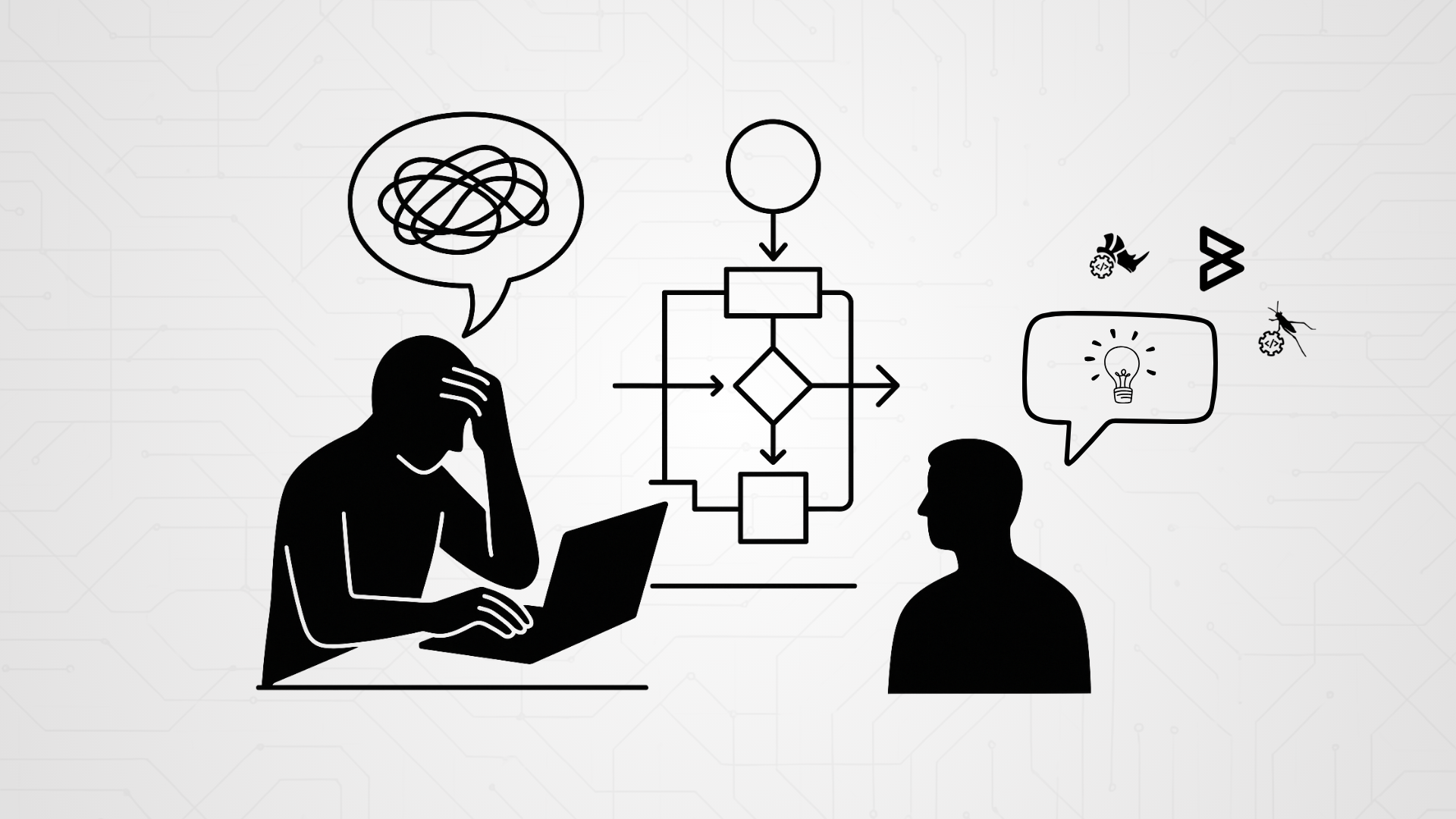


A design team is tasked with developing a complex façade. The concept is strong, but the moment they move into Rhino parametric workflows, everything slows. Grasshopper scripts don’t update correctly. Data trees tangle into confusion. Hours disappear into fixing instead of designing. Deadlines stretch, and frustration spreads.
Across industries, teams face this same reality. Parametric tools promise efficiency and adaptability, but without structured training, the benefits remain out of reach.

Training is the difference between stalled progress and smooth collaboration. A team-focused Grasshopper training course builds shared understanding, turning parametric design into a reliable tool.
At Borg Markkula, courses are designed for real project environments, not generic tutorials. Teams learn how to:

Before Training
After Training
The software hasn’t changed, the training has.
For architecture, industrial design, and manufacturing, learning computational design as a team is no longer optional. It:
The outcome is faster delivery, fewer errors, and greater client satisfaction.
Parametric design should drive innovation, not delay it. Many firms have discovered that structured training is what turns scripts into dependable workflows.
Borg Markkula’s Grasshopper and Rhino training courses help design and engineering teams move beyond trial and error. By focusing on practical applications and collaborative learning, we build confidence, reduce rework, and make computational design a shared capability.
If your team is struggling with parametric workflows, let’s explore how training could shorten your timelines, cut rework, and unlock new creative possibilities.
PS: We also turned this into a bite-sized LinkedIn carousel for easy sharing with your team. Check out our LinkedIn channel!
